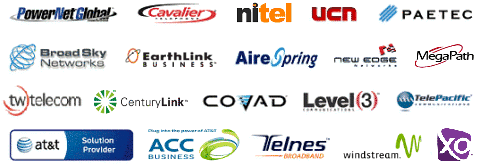Colocation DS3 Bandwidth - Usage And Advantages
This article describes just how colocation DS3 bandwidth works and the way it truly is great for companies.
Colocation made use of by small enterprises being a kind of server hosting. When these corporations may not be sufficiently able to provide their particular machine, they hire internet hosting services using a web hosting contractor. These service providers simply provide their own rack area for different firms to set up their dedicated servers. When company data files and operations are thus organized, the type of link along with the magnitude of data transfer associated with it is identified as colocation DS3 bandwidth.
Often, companies put money into their own individual dedicated servers, configure them, and after that place them in the rack cabinet that they have got hired from web hosting firms. Every hosting vendor only possesses the environment and has very little regarding the server. For the company, it is going to be pretty much using the hosting server in their own office with the exception of certain facilities that will be available at the hosting company, such as colocation DS3 bandwidth, electrical power, ventilation, as well as other temperature circumstances which are favorable for any server to function. The general responsibility on the server lies together with the business and any maintenance work should be done by the data center.
Colocation in Naches drastically rewards businesses which specifically host their own internet websites, electronic mail, and data warehouses and desire to keep tabs on the resources. As it operates its very own hosting server, companies are capable of having control over it and it will be akin to keeping in-house their very own hosting server. Colocation focuses on providing full lightning defense, battery backup, and also diesel power generation for instances of lengthy electrical power cuts. They provide lots of assistance in the form of expertise and other tools in order that there is efficient running of your respective dedicated servers. The drawback of having an in-house hosting server is to cope with summer time blackouts and other electrical failures that may possibly disrupt the database.
We are experts in WA T-1. This page is a quick list of the products specifically offered by T1Market in Naches.
As we go forward, our wish is to continuously improve our product offerings. We now supply business items typically utilized by larger firms, specifically: gigabit ethernet, MPLS network service, OC3, and cloud computing bandwidth delivered over a fiber optic backbone. Many of our carriers also offer cost-free managed Cisco routers for multi-year agreements. Primarily, our objective is to build a bond with you - our client - that will certainly last for years to come. Obtaining your trust is exactly what we do here. Conserving you money on low-cost bandwidth services is exactly how we keep it.


